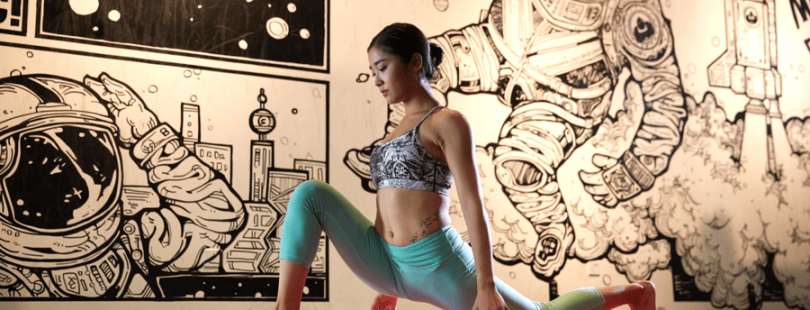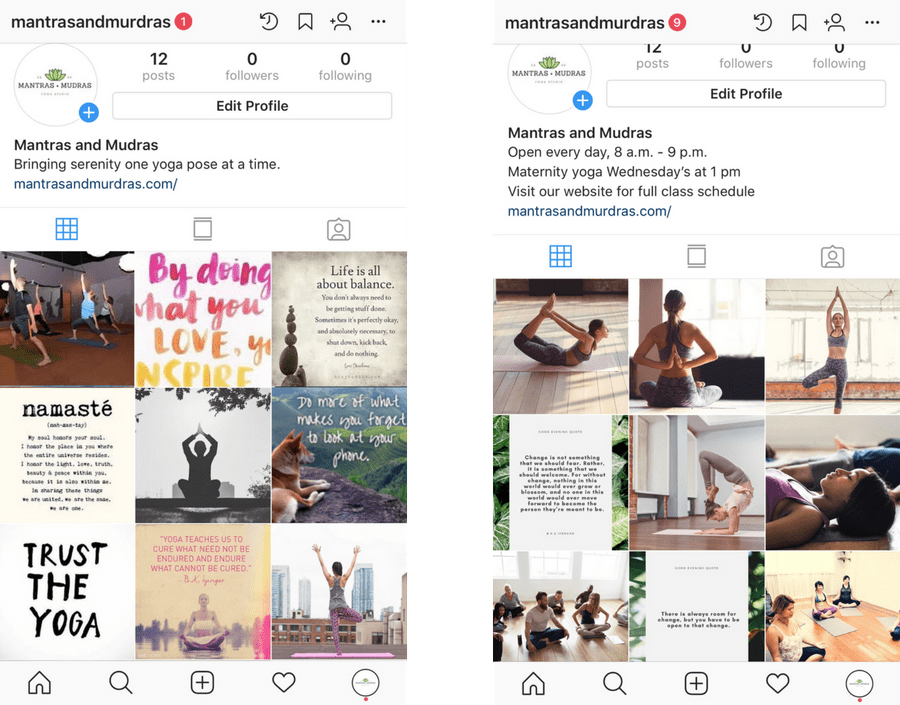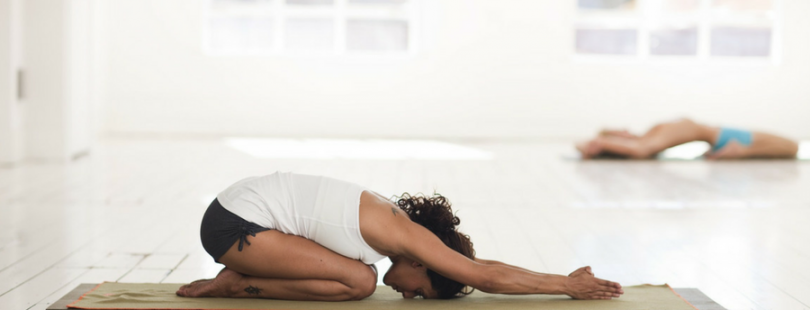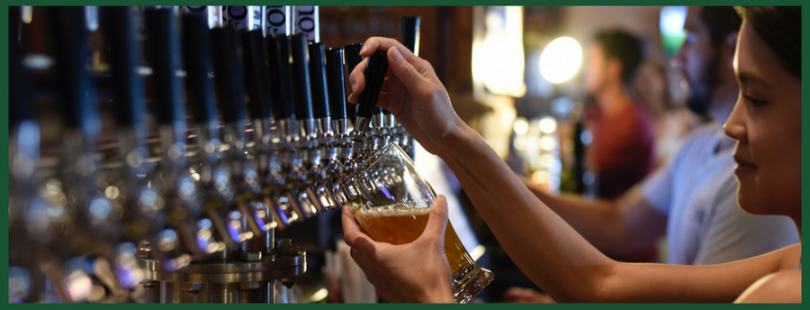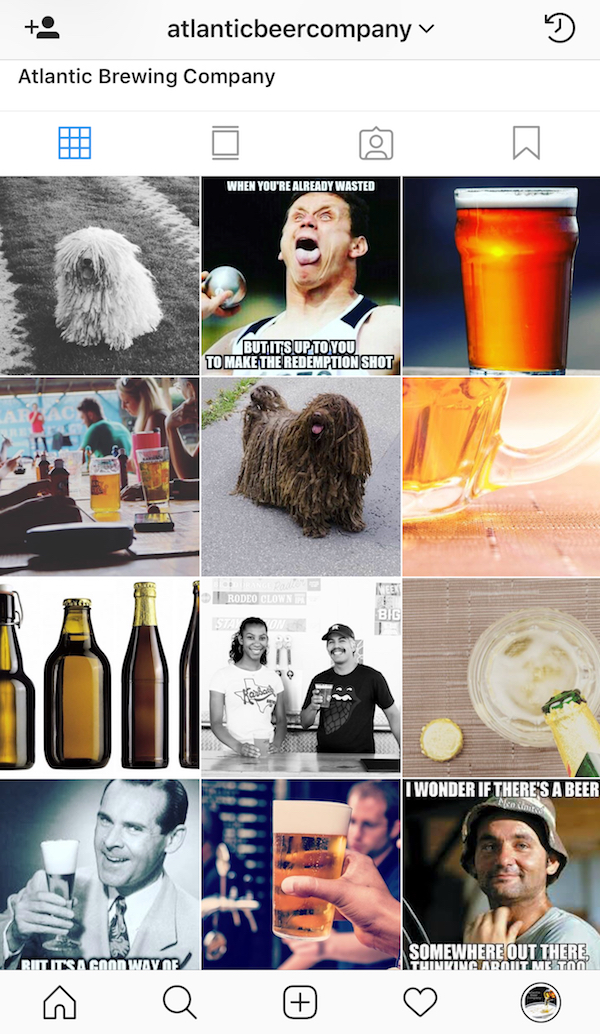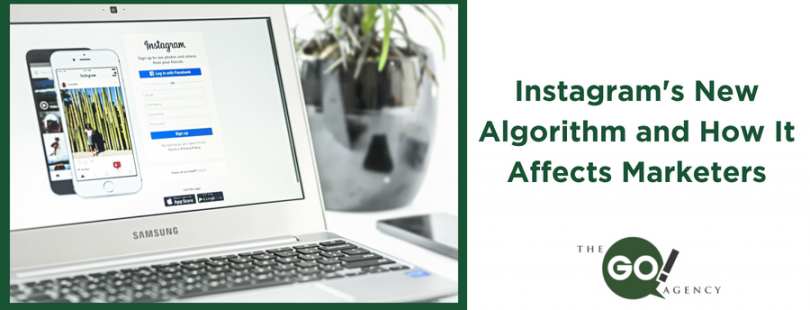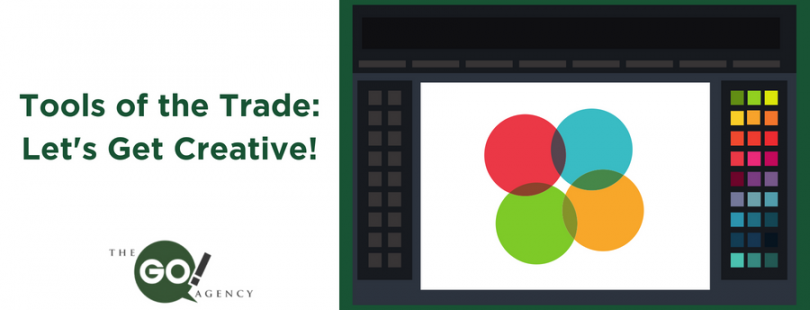For the rest of the summer, the Go! Agency blog will focus on the social media habits of different industries. For each week in August, our first blog will explain common mistakes made by an industry; our second blog will explain how to fix those mistakes.
Thankfully you can quickly and easily correct all of the mistakes we discussed in our previous blog post. Let’s take a look at one restaurant that needs some help with social media strategy. (Note: The following example is a hypothetical case study that combines features from several different situations. Names, locations, and other details have been changed to protect the privacy and anonymity of source examples.)
After Drs. Sam and Colleen Holt left academia, they opened Kerberos Cafe. They have a solid business plan and have seen a lot of success, but they understand that marketing on social media would increase both their audience and their profits. Unfortunately, their Ph.D. programs in physics and mathematics didn’t really cover Facebook or Instagram.
Mistake: Not having a designated social media manager.
Sam and Colleen’s two children, Matt and Katie, help out with the social media when possible, and members of their staff will step in if asked. However, the kids are both in college and the staff members juggle multiple other duties.
Solution: Assign an employee to manage your social media.
Social media marketing needs to be a priority, not an afterthought. This is not to say that you should necessarily hire someone exclusively for this task, but you do need to have one staff member who is in charge of your social media profiles. Don’t just assume that the youngest employee is best suited to this task, either. Ask for volunteers, and choose an employee who understands how to use social media and (preferably) knows at least the basics of social media marketing.
Mistake: Mishandling reviews.
Shiro, the general manager, tries to keep up with Kerberos’ Yelp and Facebook pages. However, he is often swamped with other duties and can’t always reply to each review. Shiro once made the mistake of assigning shift leader Keith to monitor the page, which almost resulted in some less-than-professional responses.
Solution: Respond to every review (and review each of your responses).
The restaurant has a strict policy of approving all social media posts, so Keith’s angry retorts were never seen by the public. (Shiro was annoyed, but accepted the blame himself and moved on.) Shiro realized that the only way he’d be able to read and reply to every review is if he delegated some of his other responsibilities at the end of each shift. This situation is not uncommon; trade off one duty to fulfill another. Responding to consumers will benefit your brand, as over 70 percent of consumers surveyed claimed that prompt responses from companies on social media increased the likelihood for positive word of mouth. You must respond to your reviews especially: it shows that not only are you committed to improving your business, you are equally committed to customer service.
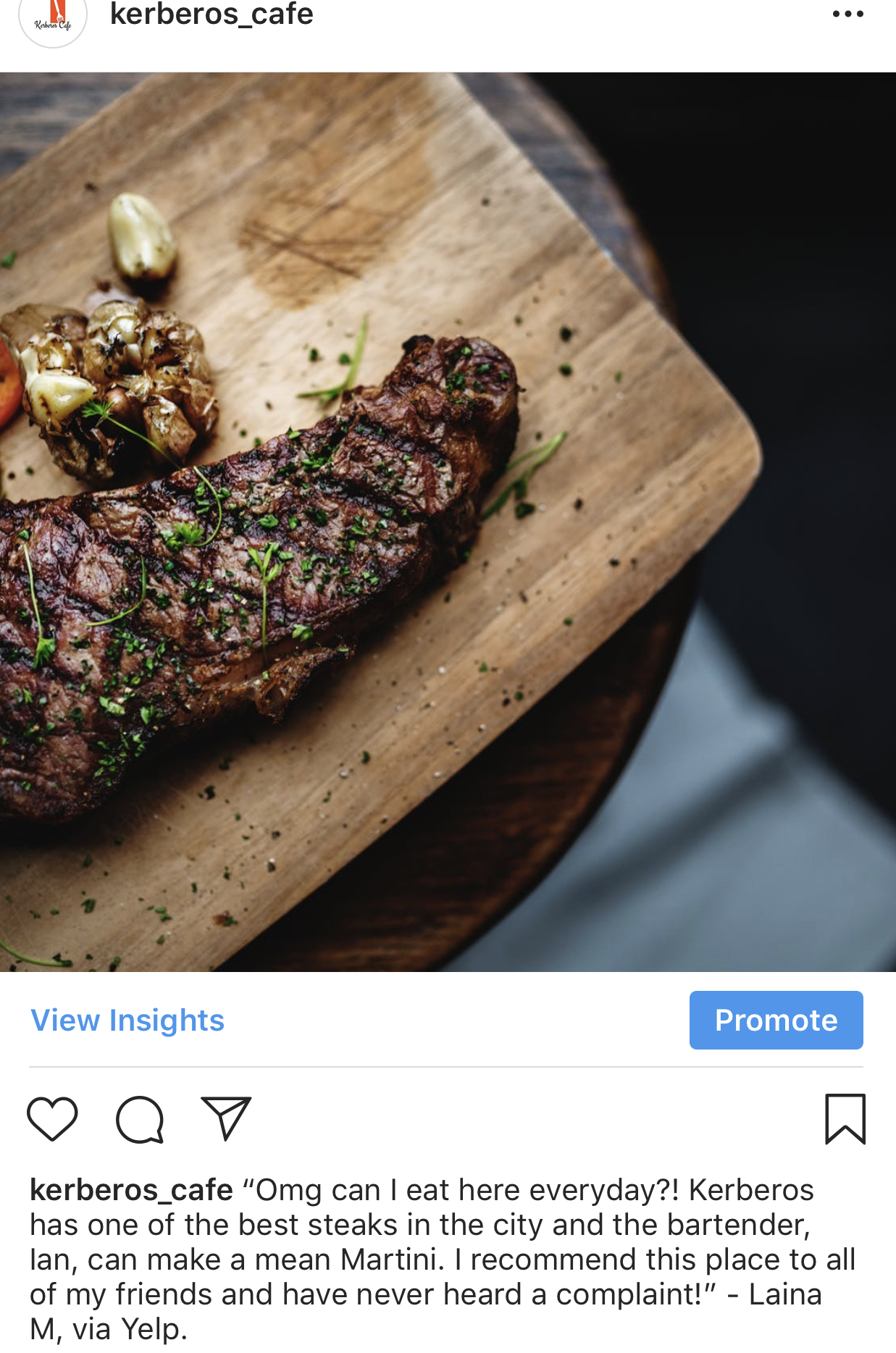
Mistake: Having sporadic updates and other scheduling issues.
Katie and Matt handle Kerberos’ Facebook profile, Shiro monitors the Facebook page and Yelp, and Allura covers Instagram. The restaurant had a Twitter account, but no one remembers the password or has had time to reset it. They all try to post daily, but sometimes a full week goes by without an update.
Solution: Get organized and pre-schedule posts.
Shiro had already reached that conclusion, and now blocks off a specific time for social media. Katie and Matt need to do the same. They should also look into a social media management tool that will allow them to pre-schedule posts: that way, they can just provide the content and not worry about posting at the optimal time!
Mistake: Not interacting with anyone on social media.
Katie usually posts about new menu items or seasonal specials, although she knows that the content can look boring. She doesn’t really share many articles and feels awkward responding to customer comments. She posted a picture of Lance–the cafe’s popular bartender–from a charity marathon (after much pestering from Lance himself), and was pleasantly surprised by all the positive reactions.
Solution: Engage in the social side of social media!
To paraphrase a maxim, a social media profile will not succeed on promotions alone. You must vary your content. Promotions are still a great tool, though! Kerberos should consider doing a promo available only to those who follow their social media profiles. A small incentive like a free dessert or appetizer is a relatively cheap way to drum up engagement and convert your audience into customers. This will also prompt user-generated content (UGC), because people love to post and share about getting free stuff!
Final Point: Prioritize your visuals.
Allura, the dining room manager, double majored in hospitality and photography. She even suggested ways to improve Kerberos’ Instagram page during her interview. Shiro was just grateful to find a volunteer, especially one whose photography experience consisted of more than selfies. Allura takes care to get the best lighting and ideal presentation for each shot. She also supplies Matt, Katie, and Shiro with images for Facebook posts and promotions.
Thankfully, the Kerberos staff understand the power of images in social media! After a little tweaking, they were able to get their social media strategy on point:
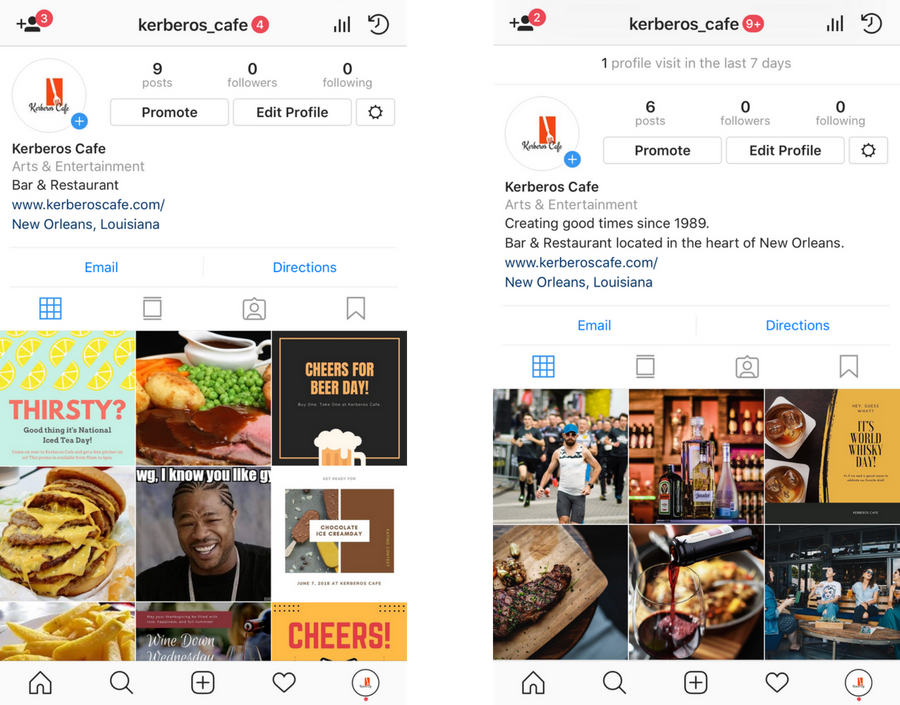
Are you in the weeds when it comes to your marketing strategy? We want to help your brand get the most from social media! Contact us today for a free consultation!








